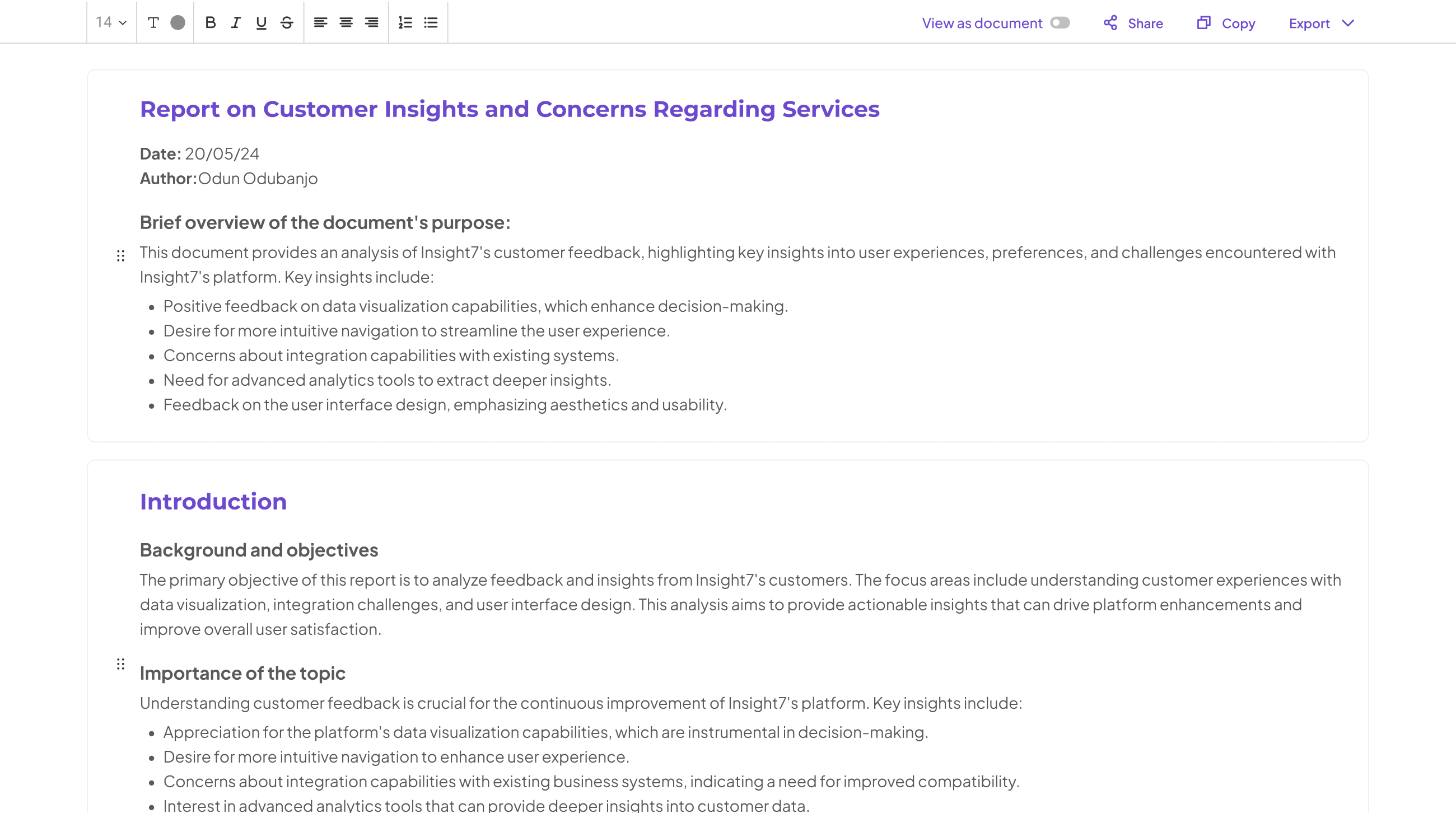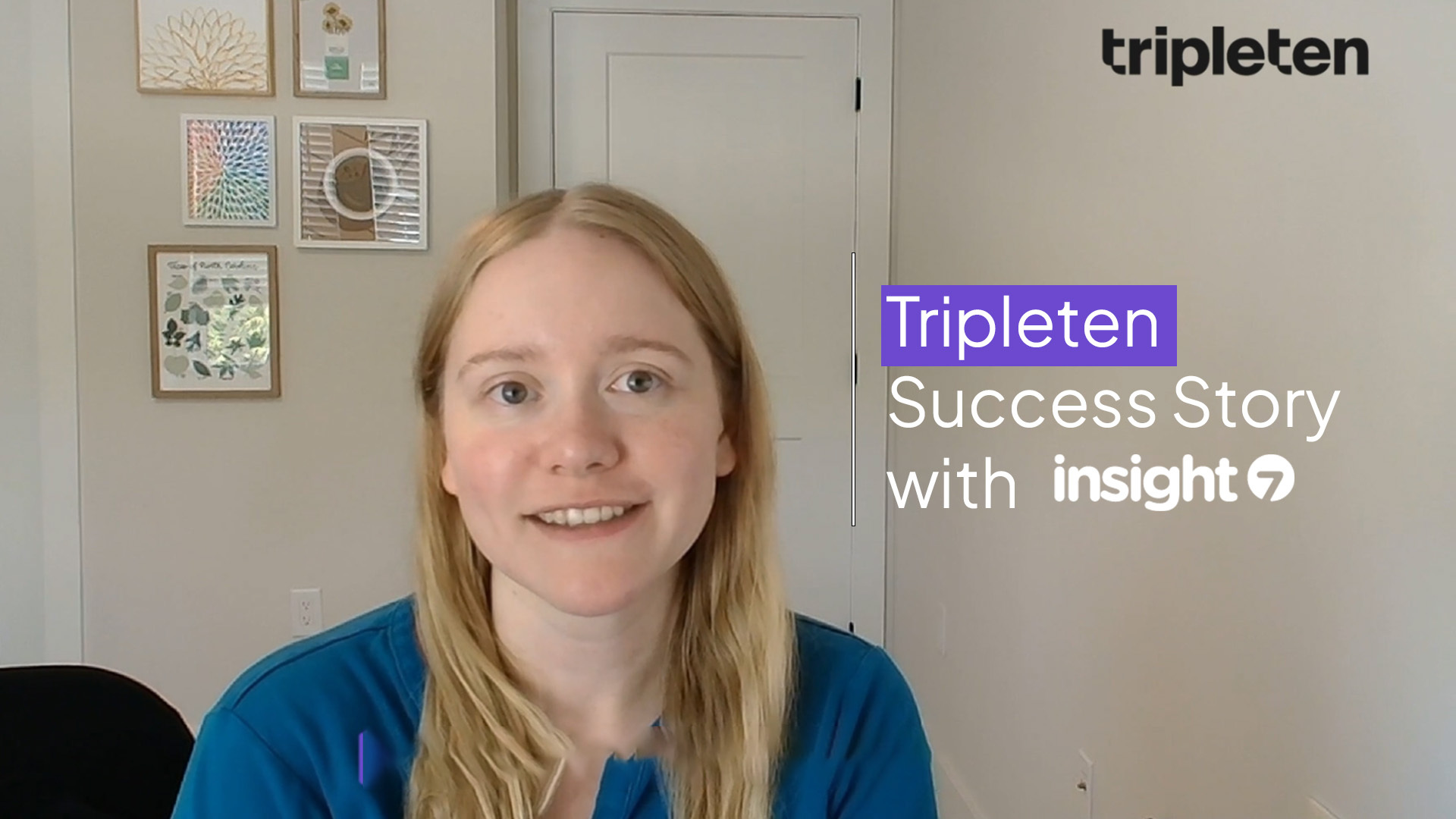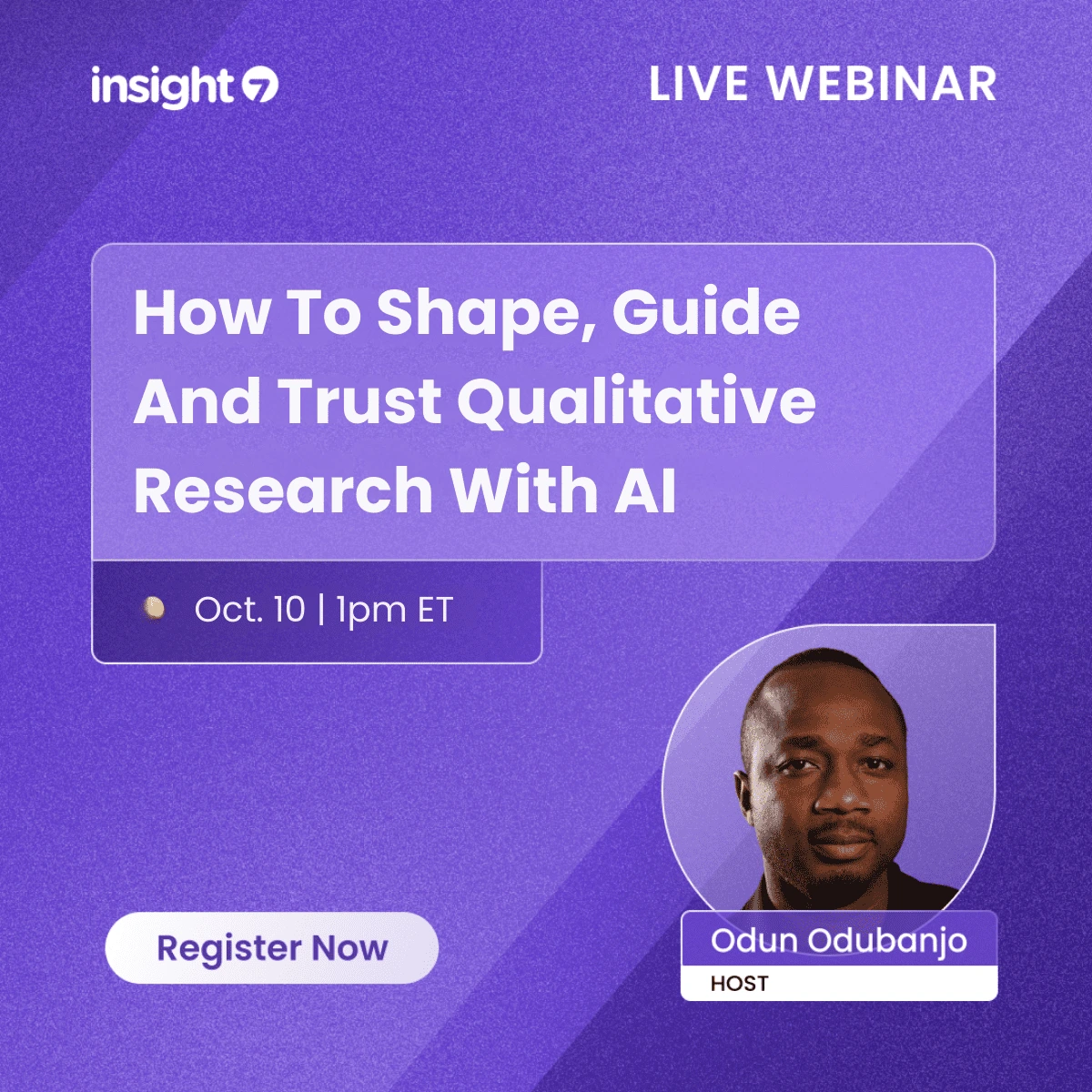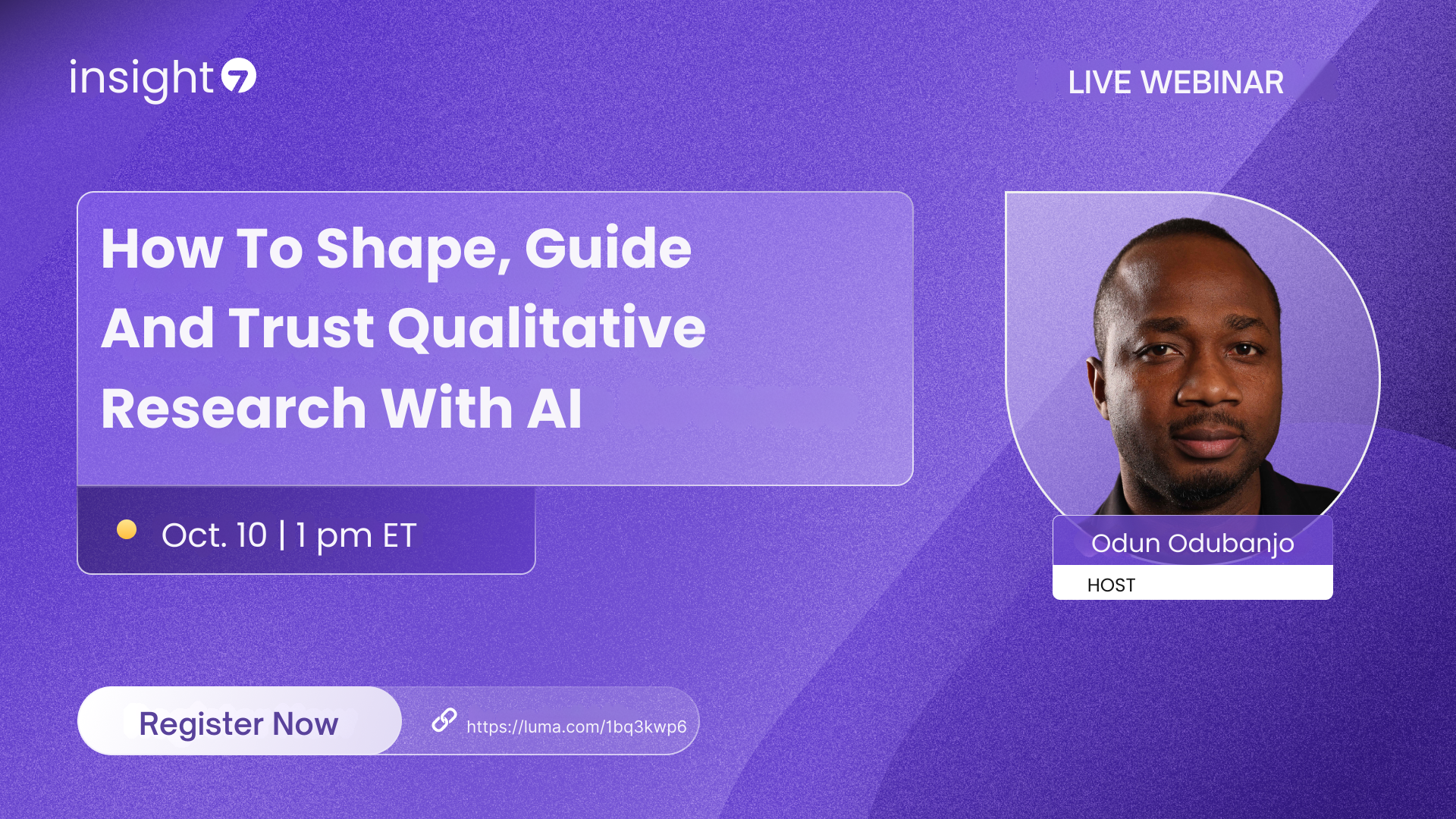How Do AI Tools Detect Conversational Complexity?
-
Bella Williams
- 10 min read
Conversational Complexity Analysis delves into the intricacies of human communication, focusing on how conversations evolve through various linguistic and contextual elements. As conversations become increasingly dynamic, understanding these complexities helps organizations adapt their strategies to foster effective engagement. This analysis becomes especially vital in an era where AI tools are relied upon to process substantial volumes of conversational data.
At its core, Conversational Complexity Analysis examines the nuances of dialogue, including tone, semantics, and responsiveness. By exploring these factors, organizations can better translate conversations into actionable insights. Embracing this analytical approach not only enhances user experiences but also positions businesses to be more competitive in a rapidly changing landscape. Understanding and analyzing conversation complexity empowers teams to create more personalized interactions, ultimately leading to improved customer satisfaction and loyalty.
Transcribe & extract insights from interviews. At Scale.

Understanding the Basics of Conversational Complexity
Conversational complexity refers to the intricate layers of communication that take place during interactions. Understanding these layers is essential for interpreting nuances in conversations, especially in customer interactions. This complexity encompasses various elements, including linguistic features, context, and emotional undercurrents, all of which AI tools can analyze to improve communication strategies.
To grasp the basics of conversational complexity, consider two main aspects. First, linguistic features involve the choice of words, sentence structure, and tone, all of which convey meaning beyond the spoken content. Second, the contextual factors influence how messages are formulated and interpreted, such as the situational background and the relationship between conversants. By analyzing these elements, organizations can glean valuable insights into customer behavior and needs, ultimately enhancing the effectiveness of their communication approaches. Understanding these basics is pivotal for harnessing the full potential of conversational complexity analysis.
The Role of Linguistic Features in Conversational Complexity Analysis
Linguistic features play a crucial role in determining the complexities of conversation. When analyzing conversational complexity, elements such as vocabulary, syntax, and discourse markers provide insights into the intricacies of communication. The analysis of these features helps identify the level of sophistication in dialogue, revealing how effectively participants engage in discussions. Linguistic variability often reflects underlying cognitive processes, influencing how information is conveyed and understood.
Additionally, contextual factors can also shape linguistic features, impacting the overall complexity of a conversation. Understanding the interplay between language use and context enhances the accuracy of conversational complexity analysis. Furthermore, specific patterns in conversational exchanges can signal potential issues, such as miscommunication or ambiguity. By focusing on these linguistic attributes, AI tools can better assess and interpret conversational dynamics, thus improving decision-making processes based on these insights.
How Context Influences Conversational Complexity
Context significantly shapes conversational complexity, influencing how interactions unfold and are understood. Various elements—such as the participants’ backgrounds, emotions, and specific situations—play integral roles in determining the depth and nuance of conversations. For instance, a familiar setting may encourage open dialogue and complex exchanges, while a formal atmosphere often leads to straightforward discussions.
Moreover, the context dictates the expectations and interpretations of the parties involved. In complex conversations, misinterpretations can arise due to the lack of shared experiences or knowledge. Additionally, cultural nuances often contribute to conversational complexity. These factors necessitate robust conversational complexity analysis, ensuring AI tools effectively gauge the intricacies of human communication. By understanding the contextual layers, AI can better assist in moderating and enhancing these multifaceted interactions, fostering more meaningful connections between users and systems.
Generate Detailed Reports from Your Qualitative Data in Minutes.
AI Techniques for Conversational Complexity Analysis
AI techniques play a pivotal role in analyzing conversational complexity by leveraging advanced algorithms and data-driven insights. One prominent method is Natural Language Processing (NLP), which enables machines to understand and interpret human language. By analyzing syntax, semantics, and context, NLP can help determine the complexity of conversations, offering a much deeper understanding beyond mere keyword recognition.
Additionally, sentiment analysis allows AI systems to gauge the emotional tone of conversations. This is crucial in assessing not just what is being said, but how it is being communicated. Combining these techniques offers a comprehensive framework for understanding conversational dynamics, adapting conversational strategies accordingly, and ultimately enhancing customer engagement. These AI-driven approaches empower businesses to streamline their interactions, ensuring they respond effectively to customer needs and perceptions in real time.
Natural Language Processing and Machine Learning
Natural Language Processing (NLP) and Machine Learning (ML) play crucial roles in Conversational Complexity Analysis. NLP helps machines understand, interpret, and generate human language in a nuanced way. By breaking down sentences into their grammatical components and analyzing word choices, NLP can discern the complexity of conversations. This understanding allows AI tools to categorize dialogues based on intricate patterns, making it easier to detect underlying themes or sentiments.
Machine Learning complements NLP by enabling systems to learn from vast amounts of conversational data. Through training algorithms with diverse datasets, AI can refine its ability to analyze conversations. For instance, it identifies common difficulties users face, ultimately enhancing the AI's responses. By continuously updating with new information, these technologies ensure a more accurate and contextual evaluation of conversational complexity. Together, NLP and ML create a powerful framework for analyzing and improving interactions across various platforms.
Incorporating Sentiment Analysis
Sentiment analysis plays a critical role in enhancing Conversational Complexity Analysis. By assessing emotional tone, AI tools can identify underlying sentiments that influence the dynamics of a conversation. This process allows for a deeper understanding of how participants perceive and react to various topics. The extraction of positive, negative, and neutral sentiments enables organizations to tailor their responses effectively, ensuring that their communication aligns with the emotional state of their audience.
When incorporating sentiment analysis into Conversational Complexity Analysis, several crucial aspects come into play. First, understanding the context of the conversation enhances the accuracy of sentiment detection, as emotions can vary significantly based on situational factors. Second, machine learning algorithms can be trained on large data sets to improve sentiment recognition, enabling more nuanced interaction interpretations. Finally, visualizing sentiment trends within conversations can highlight patterns that impact decision-making, fostering improved user engagement and satisfaction.
Leading Tools for Detecting Conversational Complexity
When exploring leading tools for detecting conversational complexity, various advanced platforms offer capabilities that streamline analysis processes. These tools often utilize Natural Language Processing (NLP) and machine learning algorithms to understand nuances in customer interactions better. By automating the interpretation of conversation flows, they not only save time but also enhance the extraction of valuable insights.
Among notable options are IBM Watson and Google Dialogflow, which provide robust functionalities for analyzing conversational dynamics. Amazon Lex and Microsoft Azure Bot Service are also significant, offering unique features tailored for specific business needs. Each platform contributes to refining Conversational Complexity Analysis, ensuring organizations can effectively interpret interactions to inform better strategies. Embracing these tools allows businesses to transform vast amounts of conversational data into actionable insights, providing a competitive edge in today’s fast-paced market environment.
Insight7: A Powerful Tool for Conversational Complexity Analysis
Insight7 offers an innovative approach to Conversational Complexity Analysis, enabling businesses to understand customer interactions more deeply than ever. By utilizing advanced AI algorithms, this tool transforms vast amounts of conversation data into clear, actionable insights. Users can efficiently analyze customer interviews and grappling conversations, streamlining the process of extracting valuable information and improving decision-making.
The platform addresses common challenges faced by organizations, such as the inefficiency of manual analysis and scattered insights. With Insight7, teams can effortlessly compile and interpret data, facilitating better collaboration and faster responses to customer needs. This powerful solution not only enhances the ability to gain competitive advantages but also cultivates a more proactive customer engagement strategy. In a world where customer signals are more abundant, Insight7 stands out as a crucial resource in navigating the complexities of modern conversations.
Other Noteworthy Tools
In exploring other noteworthy tools for Conversational Complexity Analysis, a selection of advanced technologies can significantly enhance the assessment of nuanced conversations. These tools are crafted to streamline the identification of intricate conversational patterns, thus offering valuable insights for businesses and researchers alike.
One key player in this field is IBM Watson, which utilizes natural language processing to dissect conversation dynamics. Google Dialogflow, renowned for its seamless integration capabilities, helps create rich interactive user experiences. Amazon Lex, with its robust text and voice understanding, empowers developers to create sophisticated chatbots. Lastly, Microsoft Azure Bot Service stands out with tools that facilitate complex dialogue management and contextual understanding across platforms. Each of these tools contributes uniquely to analyzing conversational complexity, ultimately enhancing user interactions.
- IBM Watson
In the realm of Conversational Complexity Analysis, advanced AI capabilities are essential for understanding nuanced interactions. One tool that stands out employs sophisticated algorithms to analyze dialogue structures, speaker dynamics, and engagement levels. It can recognize speakers through voice identification techniques and textual cues, thereby attributing specific contributions to the right individuals in a conversation.
This tool also provides insightful analytics by ranking participant performance based on their interaction quality. By generating detailed reports, it enables organizations to assess factors such as compliance and service quality. Customization options ensure that users can refine the output format, making it easy to adapt findings shared with clients. Overall, the integration of Conversational Complexity Analysis through this tool enhances the ability to derive actionable insights from conversations, fostering better communication strategies across various sectors.
- Google Dialogflow
Google Dialogflow stands out as a prominent tool in the realm of Conversational Complexity Analysis. It provides a versatile framework for developing conversational agents, facilitating the understanding of user interactions. By leveraging natural language processing technology, it can interpret user intents and responses with remarkable accuracy. This understanding is essential when examining conversational complexity, as it reveals how varied and nuanced human communication can be.
Through its advanced integration options, this platform can enact real-time analysis of dialogues, offering insights into user behavior and sentiment. This allows businesses to tailor their approaches, enhancing customer engagement by adapting conversations to individual preferences. The ability to analyze conversational data enables companies to refine their communication strategies continually. By embracing these insights, organizations can improve their overall performance and maintain a competitive edge in their respective markets.
- Amazon Lex
Amazon Lex serves as an advanced platform for analyzing conversational complexity, leveraging cutting-edge technology to enhance user interactions. It utilizes natural language understanding to interpret and engage users effectively. With this capability, complex conversations can be broken down into manageable components, allowing for more nuanced responses and interactions.
When examining conversational complexity analysis, Amazon Lex plays a pivotal role. It can process spoken or typed input and extract intent, context, and even sentiment. This means it not only understands what users say but also their emotions and underlying motivations. Such insights are invaluable for determining the complexity of conversations, whether in a customer service setting or for sales interactions. By employing artificial intelligence, Amazon Lex empowers organizations to transform their approach to customer engagement, making conversations more meaningful and tailored to individual needs.
- Microsoft Azure Bot Service
The Microsoft Azure Bot Service offers an intuitive platform designed to enhance customer interactions through intelligent chatbots. These bots utilize advanced algorithms to analyze conversational complexity, enabling them to respond to user queries with greater accuracy. By leveraging natural language processing capabilities, these chatbots can dissect linguistic features and understand context, improving their conversation skills over time.
In addressing conversational complexity analysis, the Microsoft Azure Bot Service empowers businesses to isolate key customer insights from interactions. Companies utilizing this service can develop more nuanced communication strategies that lead to better understanding and engagement with customers. As chatbot technology evolves, organizations gain valuable tools for improving customer experience and building stronger relationships through effective dialogue management. This evolution marks a significant step towards creating more responsive and user-centered communication solutions.
Conclusion: The Future of Conversational Complexity Analysis
As we look toward the future of conversational complexity analysis, advancements in AI and machine learning will play a pivotal role. These technologies will enable a deeper understanding of how people communicate, revealing nuanced insights that drive better customer engagement. Enhanced predictive capabilities will allow organizations to anticipate needs and tailor interactions based on conversational signals.
Moreover, as tools evolve, efficiency in data analysis will improve significantly. Companies will no longer struggle with fragmented insights, but rather harness comprehensive data to inform strategic decisions. Ultimately, the integration of sophisticated tools into everyday operations will reshape how businesses interact with their customers, ensuring they stay competitive in an ever-changing environment.
Transcribe & extract insights from interviews. At Scale.








